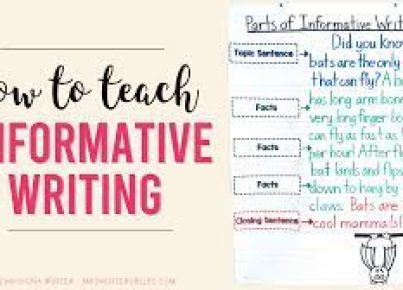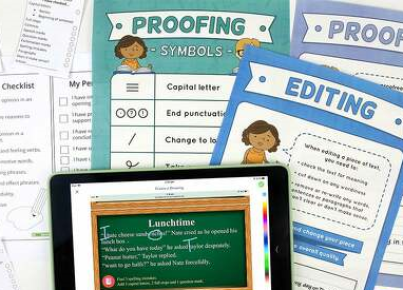Introduction
Descriptive writing is a fundamental component of any writing project, whether you’re penning a novel, crafting poetry, or composing an advertisement. It serves to create vivid mental pictures for the reader that enhances their experience and understanding of your work. In this article, we’ll provide a comprehensive guide on how to write an impressive descriptive text.
Step 1: Choose the Focus of Your Description
Before diving in headfirst, it’s essential to identify the object, person, place, or scene you want to describe. Your chosen subject matter will serve as the cornerstone of your descriptive text. The more engaging your choice is, the more captivating your writing will be.
Step 2: Engage Your Reader’s Senses
Descriptive writing aims to engage your readers’ senses by providing vivid details about your chosen subject matter. Consider sight, sound, smell, taste, and touch when describing. The more sensory details you incorporate into your text, the more immersive and engaging it will be.
Step 3: Use Figurative Language
Figurative language is an essential tool in creating evocative descriptions. This includes similes, metaphors, personification, and hyperbole. By incorporating these literary devices into your text effectively, you can paint a vivid picture and enhance the emotional impact of your writing
Step 4: Be Specific and Use Concrete Details
Instead of overloading your text with general statements or clichés, convey specific and concrete details that successfully evoke images within your reader’s mind. For instance, instead of indicating that a room was “beautifully decorated,” describe in detail elements like the polished wooden floors, elegant paintings adorning the walls or opulent chandeliers.
Step 5: Organize Your Descriptions Cohesively
Like any well-structured piece of writing, descriptive texts also demand organization and proper structure. Whether it be chronological, spatial or logical, ensure that your descriptions follow a pattern of coherence to provide clarity and depth to your writing.
Step 6: Maintain a Consistent Tone and Point of View
Throughout your text, maintain a consistent tone and point of view. If you choose a first-person perspective, stick to it. The same goes for third-person narration. Consistency helps with the flow and readability of the piece.
Step 7: Edit and Revise Your Text
Once you’ve completed your initial draft, take a step back and revise your work. Editing is essential for strengthening your descriptions, refining your language, and ensuring consistent quality throughout the piece. Look out for overused phrases, wordiness, or redundant details that can be removed to enhance focus.
Conclusion
Writing descriptive text is an art that requires engaging the reader’s senses with precise language and imagery that transport them into your world. By following this complete guide, you’ll master the skill of creating captivating descriptions that leave a lasting impression on your audience.




